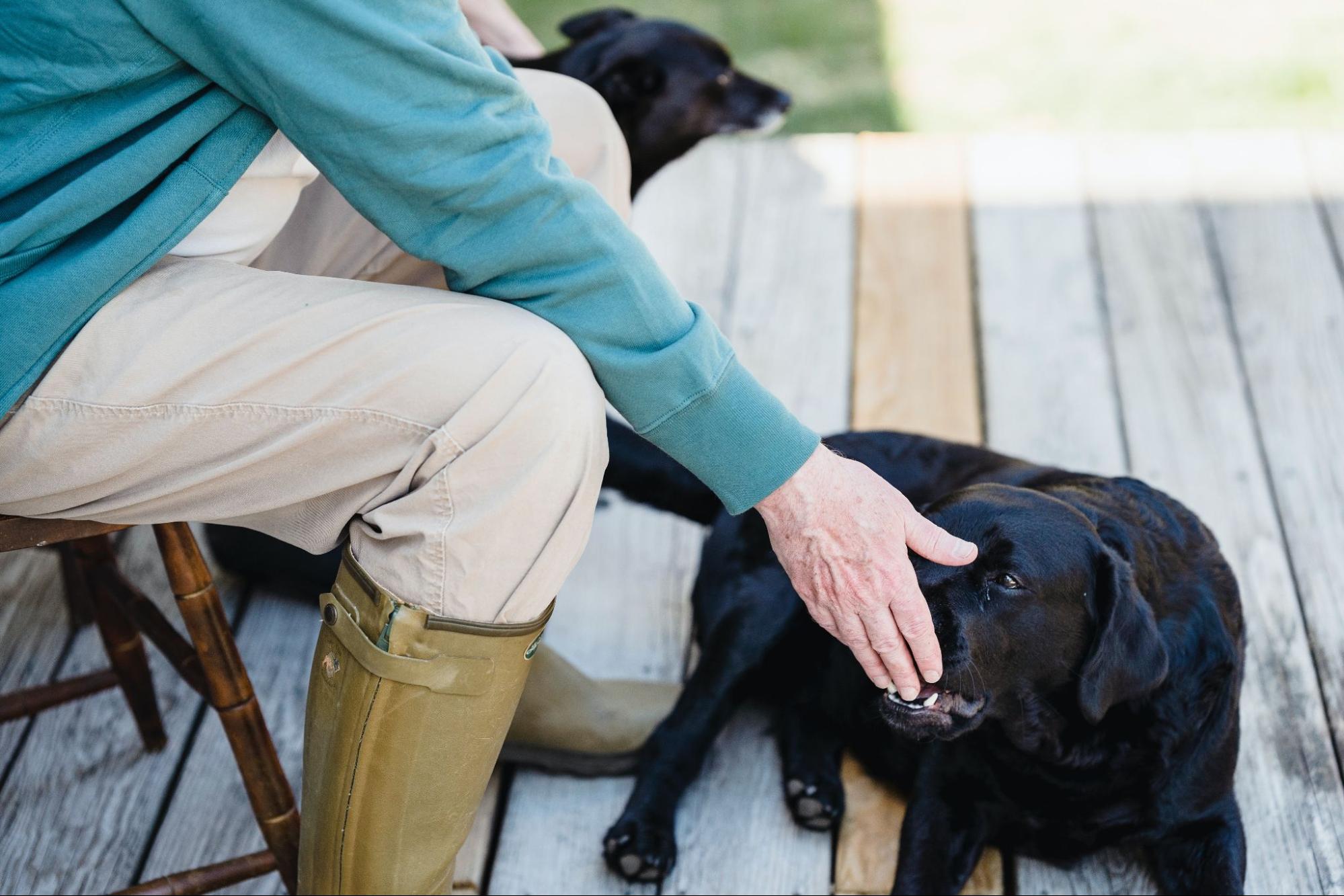Craniomandibular Osteopathy In Dogs
Craniomandibular Osteopathy is a developmental disorder that affects the bones of the skull and jaw. It typically manifests in young dogs between the ages of 4 to 8 months, and labradors are among the breeds commonly affected by this condition. The exact cause of CMO is still unknown, but it is believed to have a genetic component.
Diagnosing CMO in labradors involves a thorough examination by a veterinarian. Clinical signs such as swelling around the jaw, difficulty chewing or opening the mouth fully, and pain while eating or playing may indicate this condition. X-rays are often used to confirm the diagnosis, revealing abnormal bone growth in the affected areas.
In conclusion, Craniomandibular Osteopathy can be diagnosed in labradors through careful observation of clinical signs and imaging techniques such as X-rays. Early detection and proper management are crucial for providing relief and improving the quality of life for affected dogs. If you suspect your Labrador may have CMO, it’s important to consult with a veterinarian for an accurate diagnosis and appropriate treatment plan.

What is Craniomandibular Osteopathy?
Craniomandibular Osteopathy (CMO), also known as “lion’s jaw,” is a rare, developmental bone disorder that primarily affects young Labrador Retrievers. This condition causes abnormal growth and thickening of the bones in the skull and mandible (jawbone).
Here’s a breakdown of what you need to know about Craniomandibular Osteopathy:
- Symptoms: Dogs with CMO may exhibit various symptoms, including difficulty opening or closing their mouths, pain while chewing or swallowing, excessive drooling, swollen or tender jaw muscles, and even weight loss due to decreased appetite. These signs are often more pronounced when the dog is between four to eight months old.
- Cause: While the exact cause of CMO remains unknown, it is believed to have genetic origins and may be inherited within certain lines of Labrador Retrievers. It’s important to note that CMO is not contagious.
- Diagnosis: Veterinarians diagnose CMO through a combination of physical examination, X-rays, and sometimes biopsies of affected bones. X-rays can reveal characteristic changes in the shape and density of the skull bones.
- Treatment: There is no cure for CMO; however, supportive care aims to manage pain and improve quality of life for affected dogs. Treatment options include non-steroidal anti-inflammatory drugs (NSAIDs) for pain relief, soft diets that minimise jaw strain during eating, and occasionally corticosteroids in severe cases.
- Prognosis: The prognosis for dogs with CMO varies depending on the severity of their condition and how well they respond to treatment. In some cases, symptoms may gradually subside as the dog matures into adulthood, while others may experience lifelong challenges related to jaw function.
It’s essential for Labrador owners to be aware of the signs of Craniomandibular Osteopathy and seek veterinary care if they suspect their dog may be affected. Early detection and appropriate management can help improve the dog’s comfort and overall well-being.
For more detailed information, consult with a qualified veterinarian who can provide personalised guidance based on your Labrador’s specific needs.